
The Vietnam veteran and former FBI agent who make up the nonprofit recently learned of their tally from last fall's apple sleuthing from expert botanists at the Temperate Orchard Conservancy in Oregon, where all the apples are sent for study and identification. The apples positively identified as previously "lost" were among hundreds of fruits collected in October and November from 140-year-old orchards tucked into small canyons or hidden in forests that have since grown up around them in rural Idaho and Washington state.
"It was just one heck of a season. It was almost unbelievable. If we had found one apple or two apples a year in the past, we thought were were doing good. But we were getting one after another after another," said EJ Brandt, who hunts for the apples along with fellow amateur botanist David Benscoter. "I don't know how we're going to keep up with that."


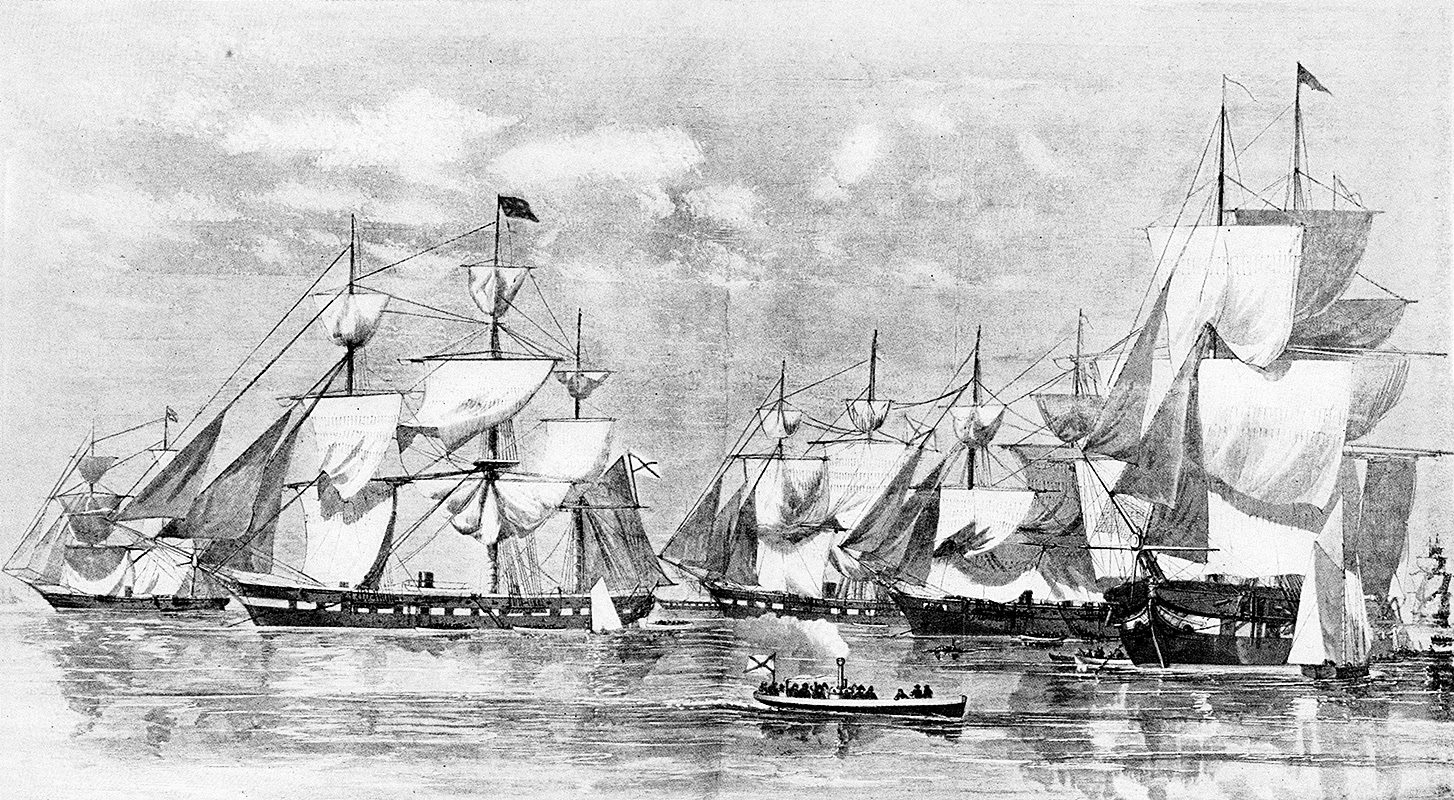
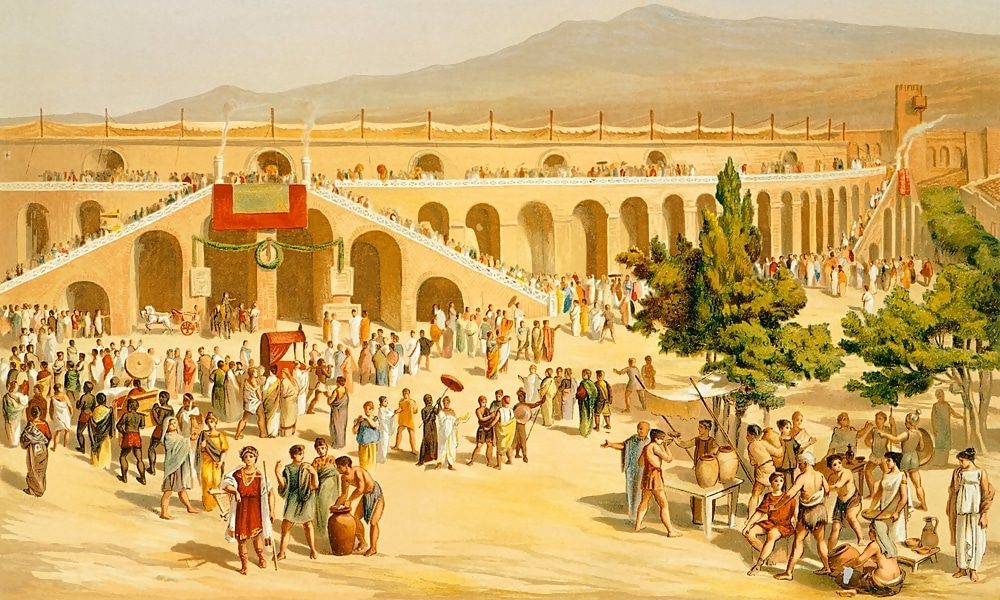

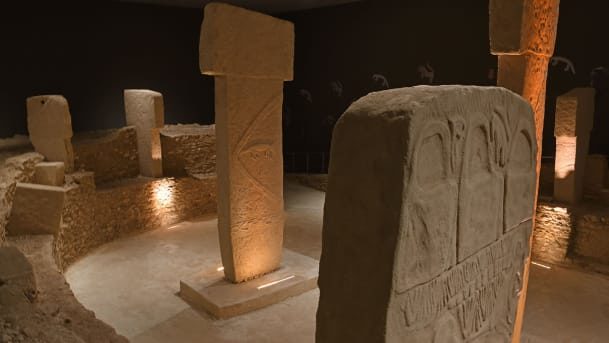
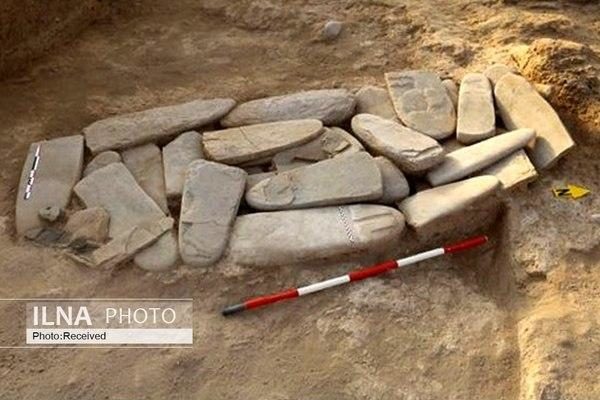
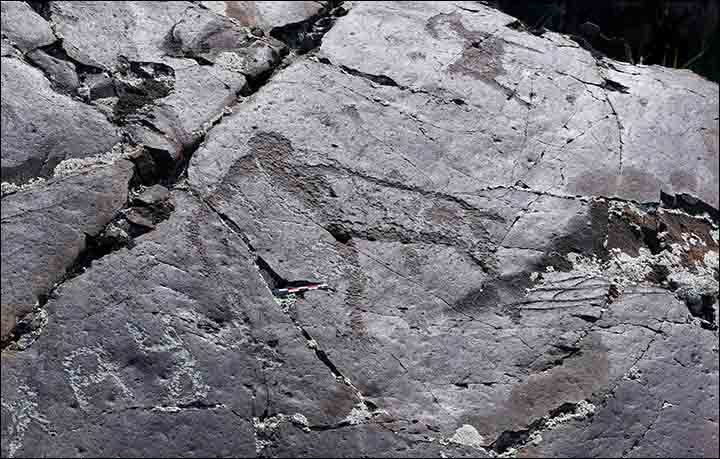




Comment: See also: